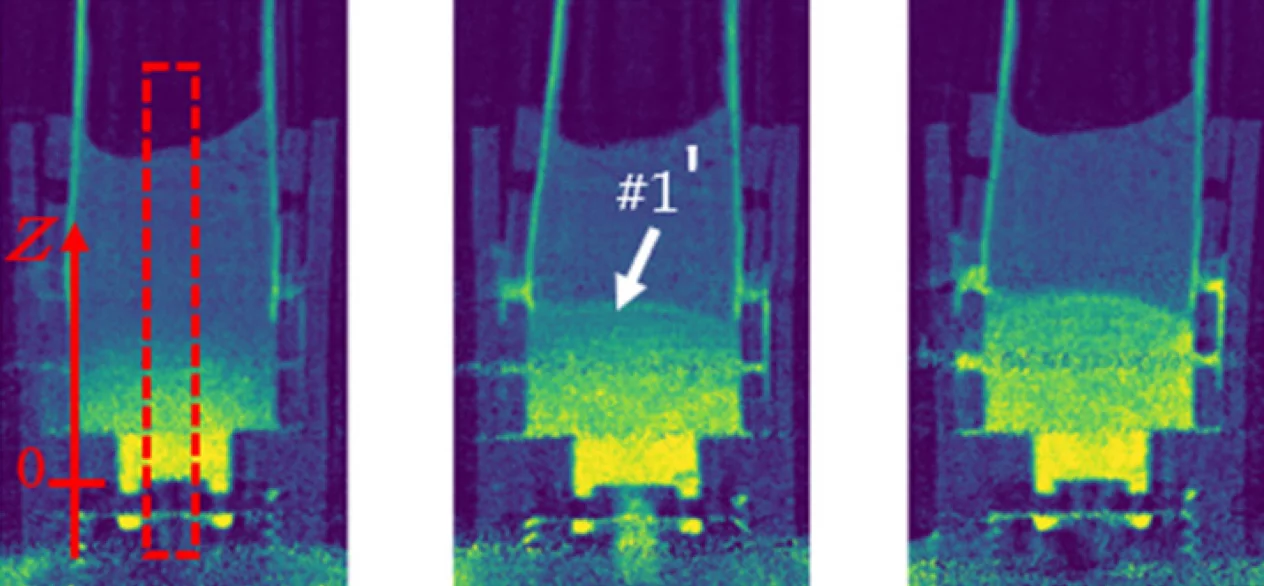There are substantial changes in soil structure in regions where the soil is freezing. Water movements in the freezing soil introduce level changes beyond what can be expected by the expansion of water when it freezes. The impact of frost heave is seasonal damage to our built environment, like roads, buildings, and pipelines that may collapse when the soil thaws in the spring. A further impact of this phenomenon is natural hazards like landslides in mountainous areas. This brought us to study the mechanism of water transport in frozen soils. It is a complex process that includes the water movement in the soil and how cavities fill and expand while frozen regions grow.
In collaboration with the Norwegian University of Science and Technology in Trondheim, we used a combination of neutron and x-ray tomography to observe the formation of ice lenses and structural changes in a downscaled sample of natural soil material. The setup also included the infrastructure for in-situ freeze-thawing cycling of the sample. With these experiments, we demonstrated that it is possible to observe the formation of ice lenses in 4D on a lab scale. This will open for future experiments to increase our understanding of the mechanisms in frozen soils.
Facility: SINQ
Reference: F. Mirzaei et al, Applied Physics Letters 126, 174103 (2025)
Read full article: here



